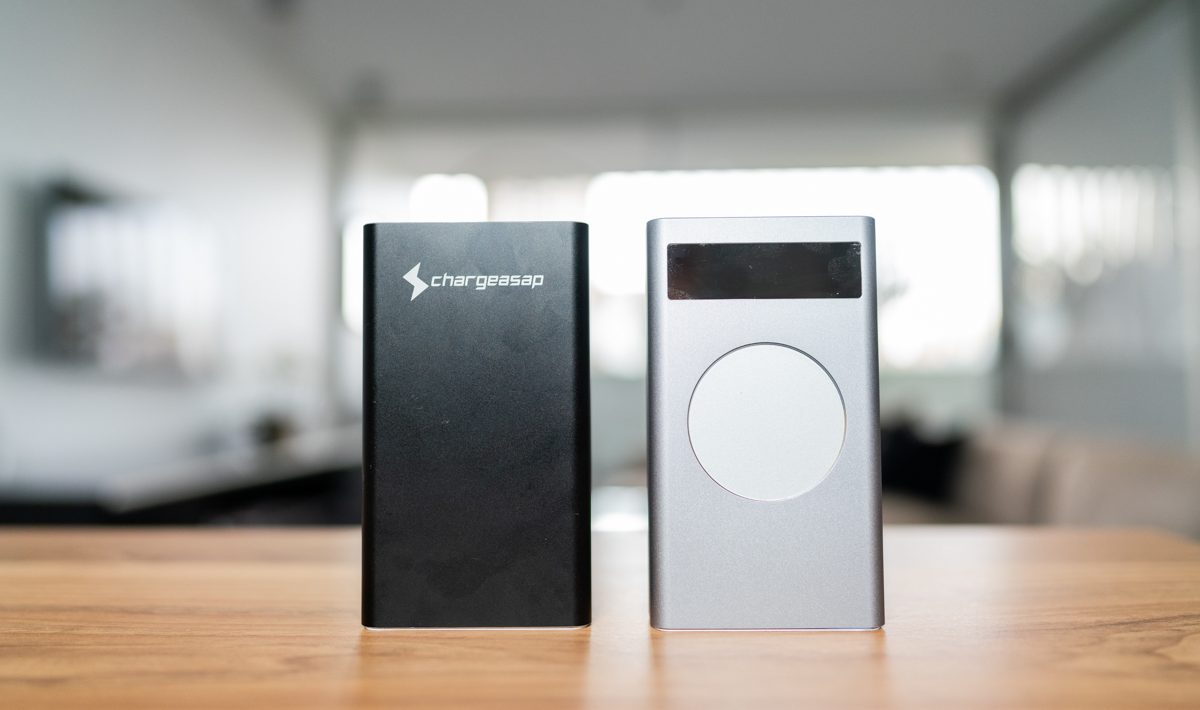Technology has evolved rapidly in the past decade or two, with multiple gadgets and innovations changing the way people live. Today, it is evident that smartphones, tablets, and laptops are the norm. People use these gadgets to do virtually everything-sending messages, making phone calls, browsing the Internet, listening to music, and others. As a result, it is no surprise that long battery life is one of the most appealing features people look for when buying a new gadget. It can be frustrating waiting for hours to fully charge your phone, only to find out you have to plug it back in after less than a day’s use.
Companies have explored ways to improve battery technologies to cater to the growing usage of smart gadgets. Recently, the graphene battery has gained massive recognition for its potential to revolutionise many gadget industries. Multiple smartphone companies have looked into incorporating this battery into their phones, while others are working on creating a graphene power bank. The latter comes with the premise of fast charging, which can be a game-changer in the gadget industry.
About the Graphene Battery
Before anything else, you may be wondering: What exactly is the graphene battery, and why is it gaining so much hype today? Graphene is essentially a 2D arrangement of carbon atoms derived from graphite, a 3D composition that is used to make pencils. Despite being one atom thick, graphene is known to be much stronger than steel, extremely lightweight, and an excellent conductor of electricity. The last property, in particular, is the main reason why graphene has promising benefits for electrical use. The central premise surrounding the graphene battery is that it can charge much faster and hold the charge for a longer time.
Most, if not all, of the smartphones today use lithium-ion (Li-on) batteries, but companies have been working on developing a phone powered by a graphene battery. The biggest challenge in doing so is finding a way to mass-produce the battery since it is much more expensive than the Li-on battery. Though there is yet to be a concrete graphene-powered phone out in the market today, you may be able to find the next best thing: a graphene power bank.
Features of Graphene Power Banks
As mentioned in the point above, the main feature of graphene power banks is quick charging. Many claims say that you can get the power bank from 0% to 100% in less than 30 minutes and at a lower wattage. This feature is particularly convenient for people who are always on the go since the main purpose of a power bank is to ensure they can charge their gadgets anywhere. More importantly, graphene batteries are also said to be safer since they do not heat up as much or as quickly as traditional Li-on batteries.
Today, you will find several graphene power banks in the market. Each of them differs in power capacity, charging time, and additional features, but they all generally claim one thing: faster charging. Some models have also been designed with more innovative features, such as wireless charging, so you get the best of both worlds!
Future of Graphene Batteries
Another significant advantage to graphene batteries is that they are more durable and can support longer charging cycles. Whether you are talking about a smartphone, smartwatch, power bank, or another device, there will always be some limitations in terms of battery life. However, graphene batteries aim to prolong your gadget’s battery life, so you can get more use out of it in the long run.
Graphene technologies have yet to reach their maturity, so there are still tons of things that can be developed in the market. Power banks alone have already revolutionised battery technologies, so think about the possibilities of having graphene batteries in smartphones, electric cars, and other electric-powered devices!











